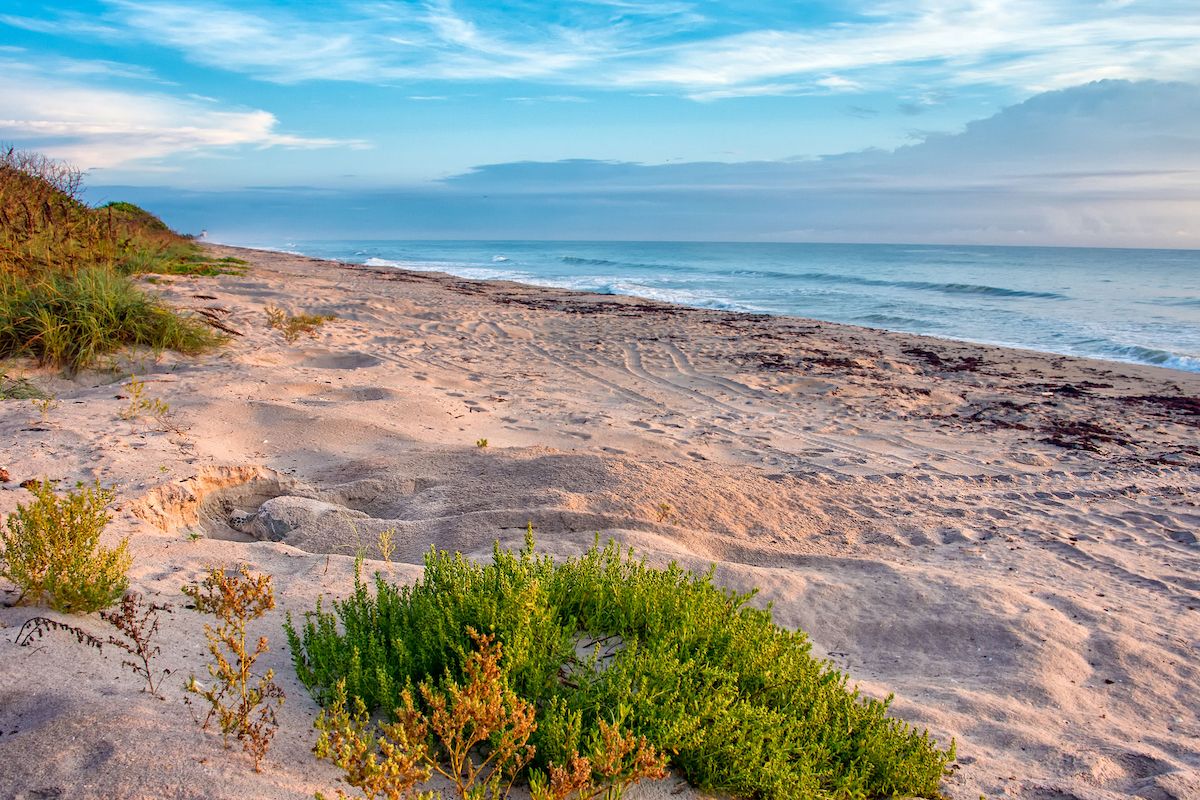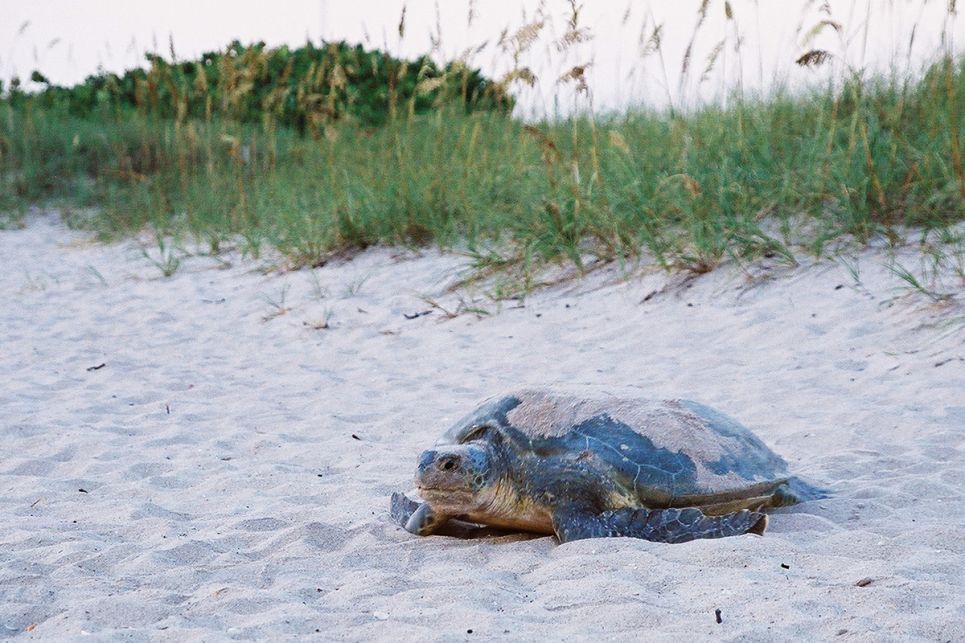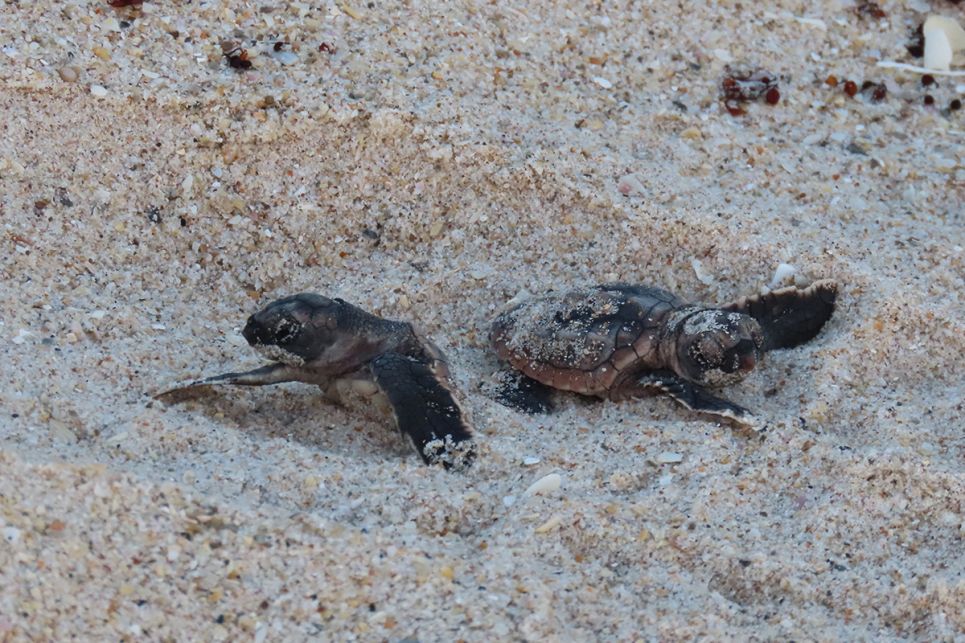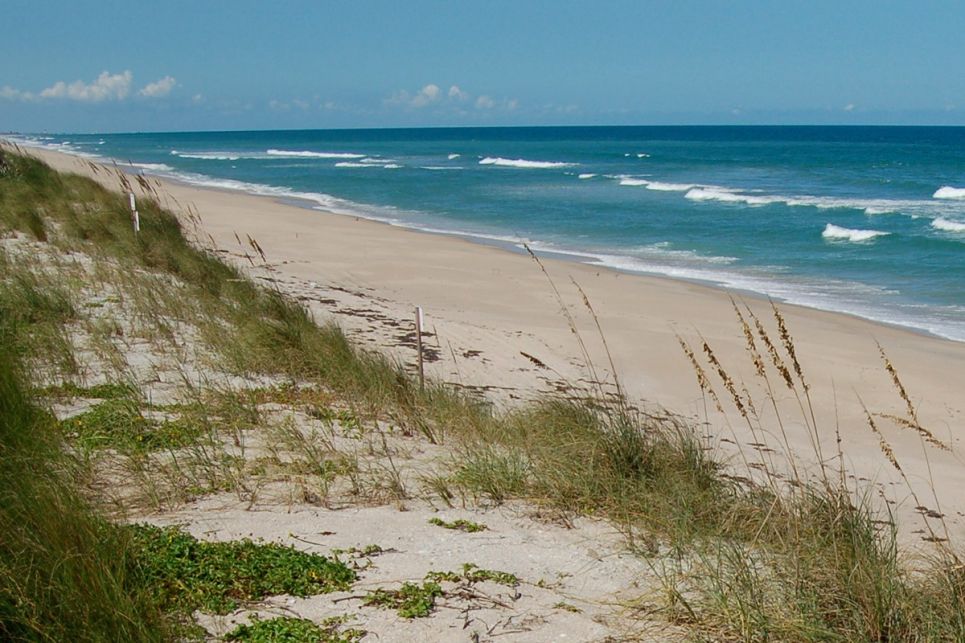Preventing Extinction
A National Wildlife Refuge at Risk
The Archie Carr National Wildlife Refuge was established by Congress in 1989 to protect sea turtles now threatened with extinction throughout the world. The 20.5 miles stretch of beach within the Refuge boundary is home to the most important sea turtle nesting habitat in the United States. More loggerheads nest within the Carr Refuge than anywhere else in the Western Hemisphere. In addition, over the past several years there has been a significant increase in both green turtle and leatherback nesting. Protection of these beaches is essential to the survival and recovery of these three species. The Archie Carr Refuge represents the Nation’s most significant land acquisition effort to protect the world’s populations of marine turtles. Unfortunately, rapid coastal development in Brevard and Indian River Counties threatens the future effectiveness of the Refuge. Supporters of the Refuge are literally in a race against time to acquire the best remaining parcels of undeveloped land. Complicating matters is the scarcity of funds available for land acquisition, especially funding from the federal level.
Successful completion of the Archie Carr National Wildlife Refuge depends on funding for land acquisition efforts and wide public support for the Refuge. Since the dedication of the Refuge by Congress, the financial contributions of local and state governments and private, non-profit organizations has surpassed the federal commitment. Scientists, conservationists and land managers consider completion of the acquisition phase of the Refuge as the most essential step. For this to happen, Congress must be willing to dedicate more funding to the Archie Carr Refuge.


Primary Nesting Sites

Nest Site Preservation
